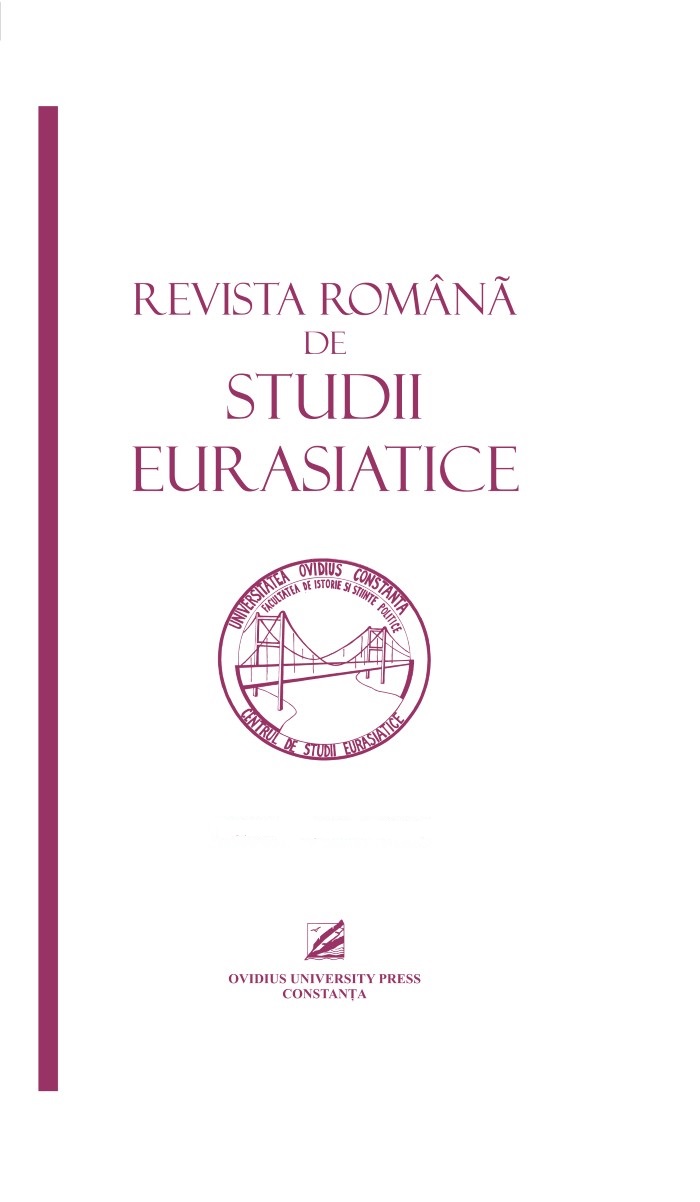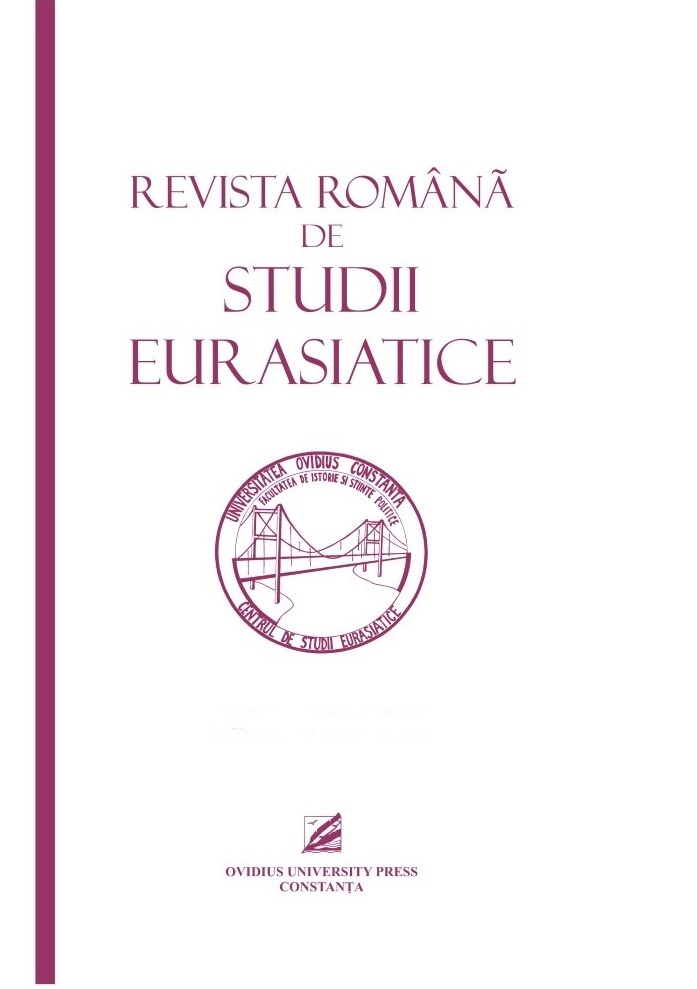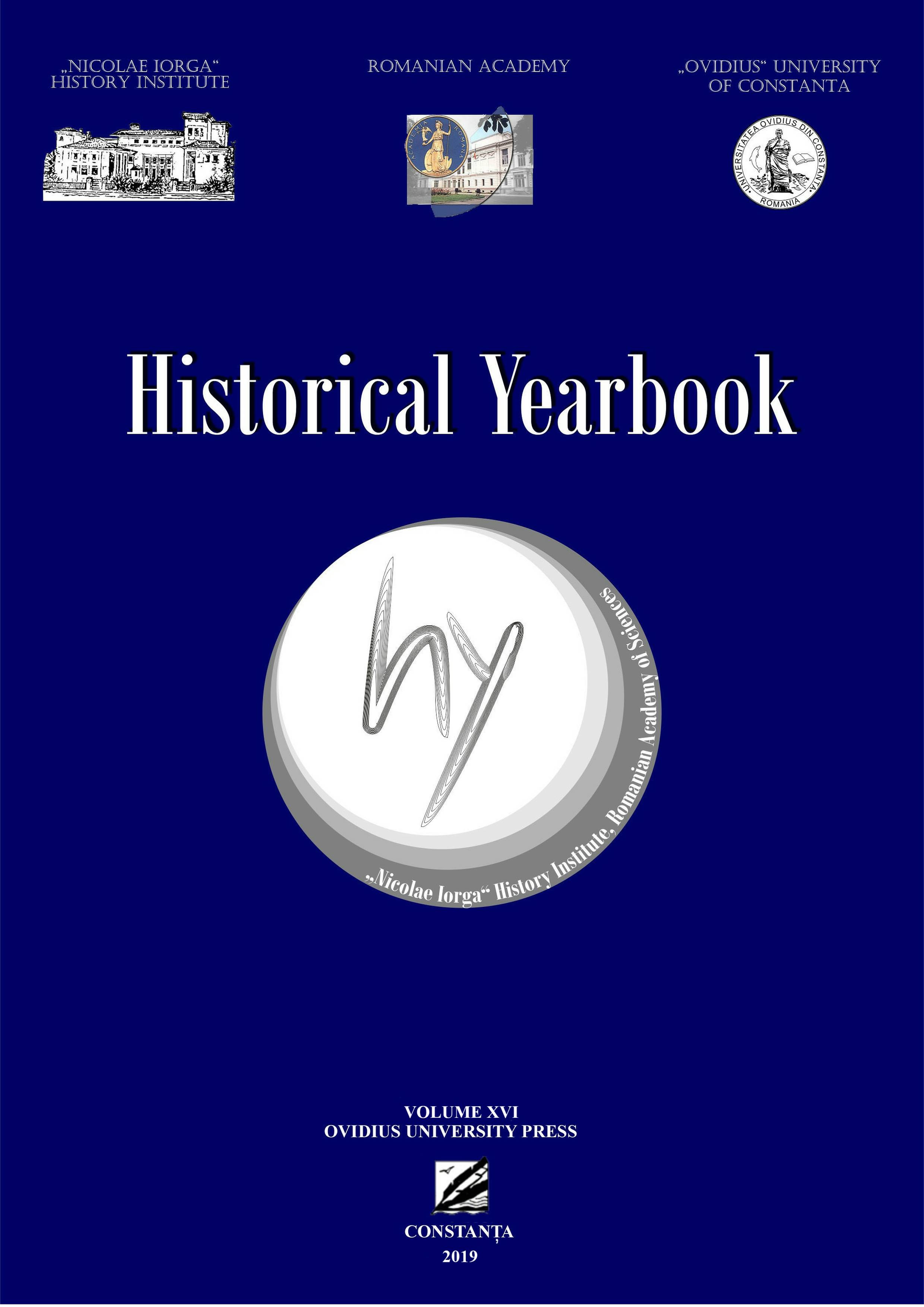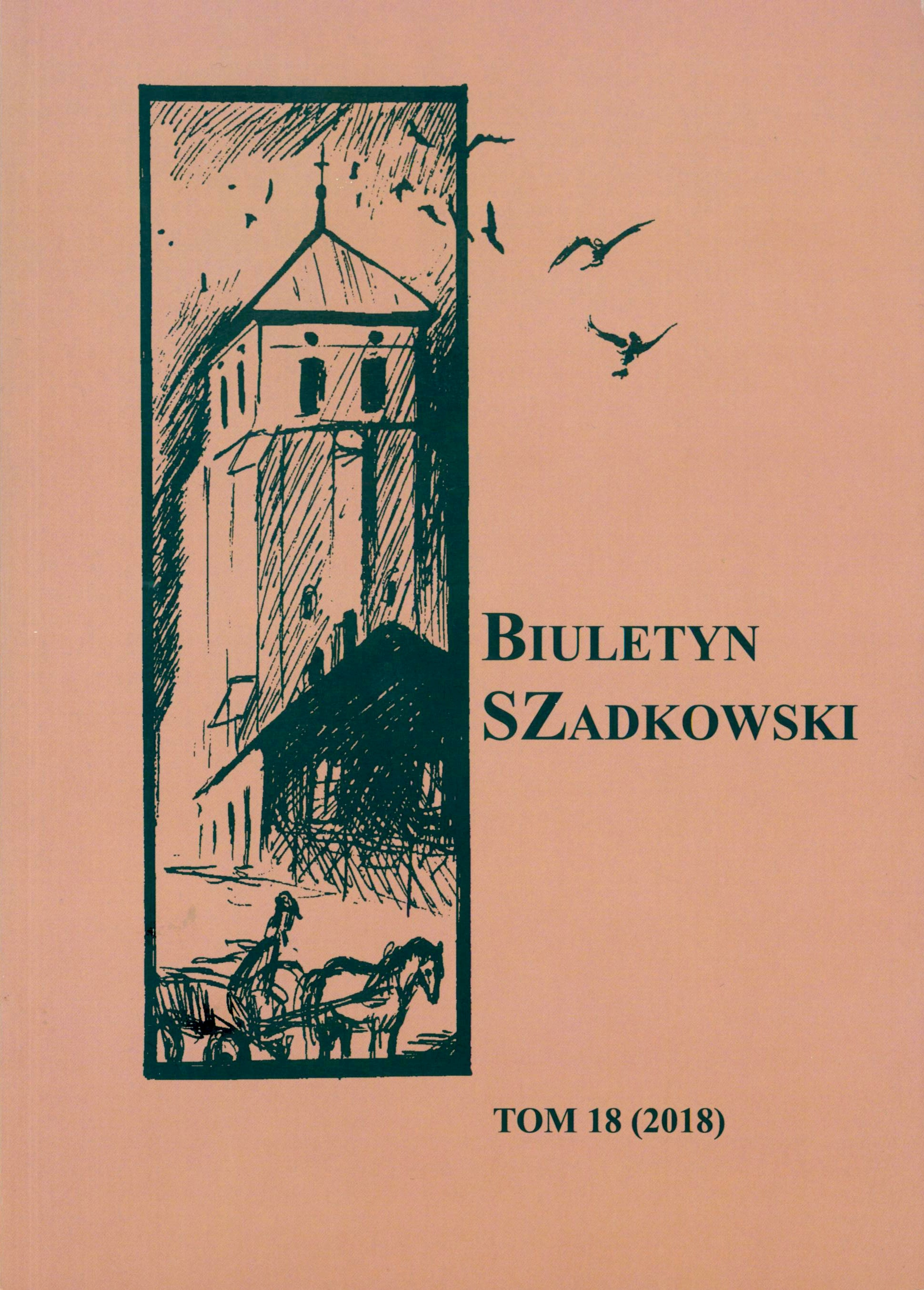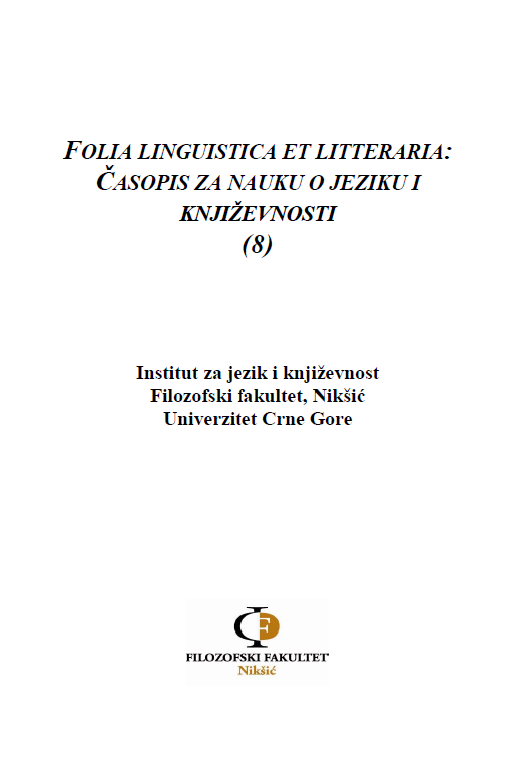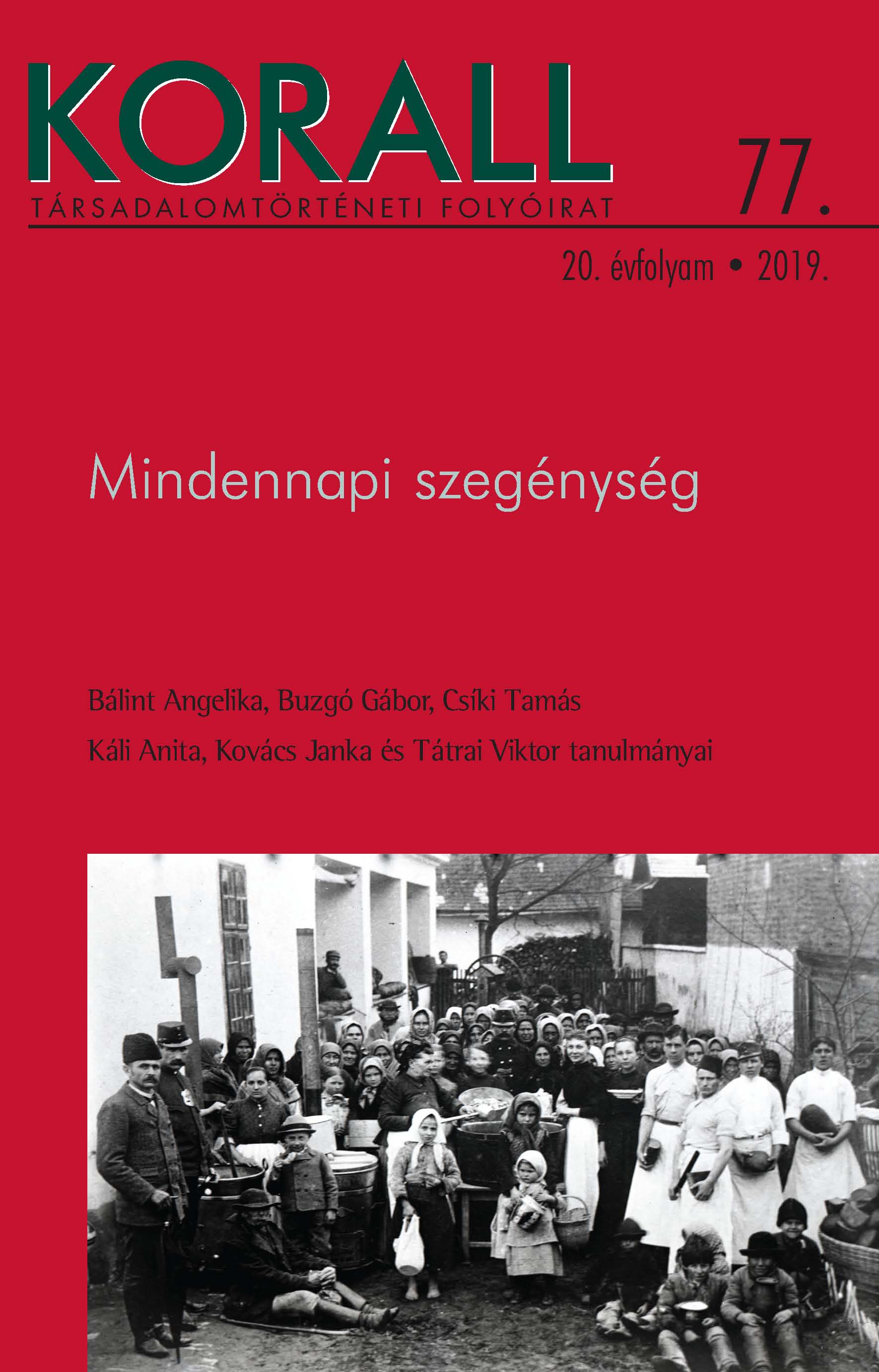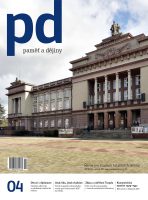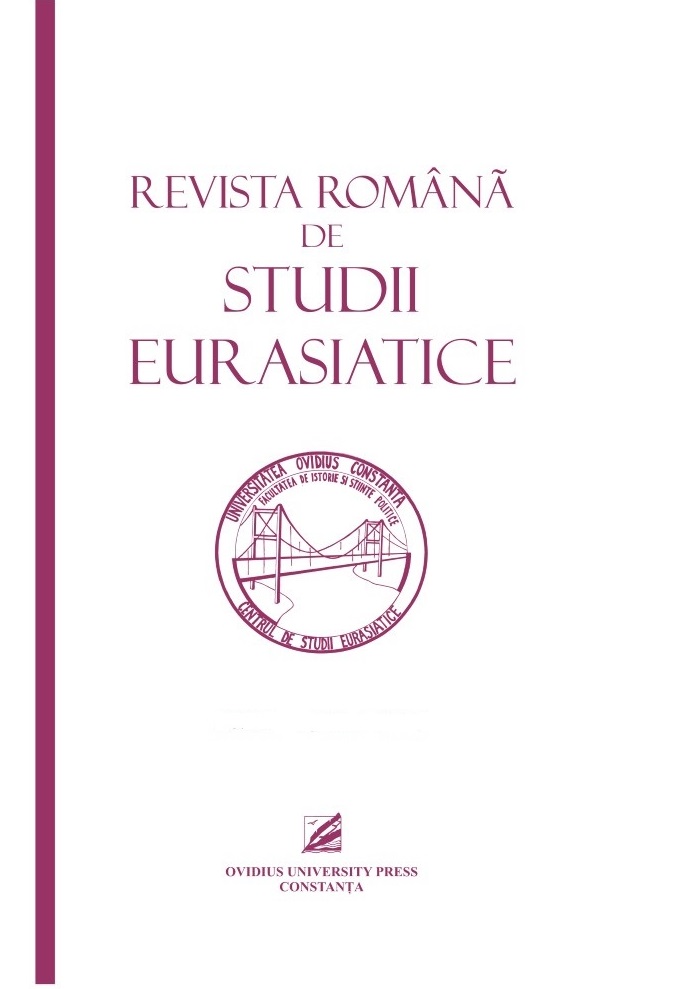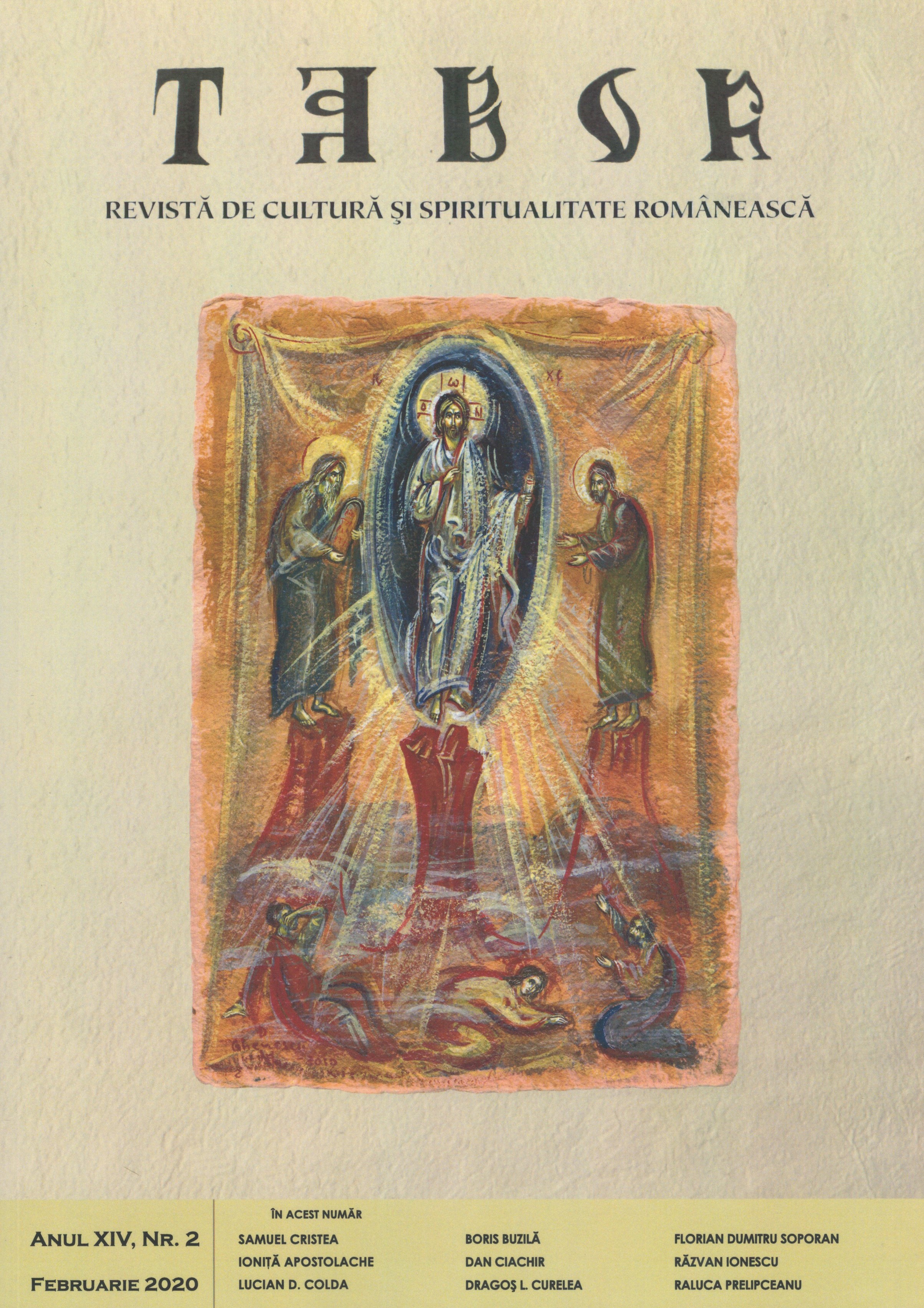
Nazistowskie plany zagospodarowania przestrzennego prowincji górnośląskiej w latach 1939 – 1944
The author deals with some key issues concerning German plans of land development of the Second Polish Republic territories that were annexed to the Province of Upper Silesia in autumn of 1939. Moreover, the integration of those lands with so-called western (German) Upper Silesia. The word „plans” seems to be, as far as, justified apart from some exceptions because, both, settlement of German colonists together with privatisation, and nationalisation of the properties confiscated from Polish citizens and the country were the issues postponed by the German administration to be solved after war. The assumption made by the Third Reich authorities was that the war is going to finish soon and that the Germans will be successful. At that time, the financial resources that were to be ensured because of the economic needs, i.e. to reconstruct not only the national structure of the western part of Upper Silesia, and industrial eastern zone (Dąbrowa basin as well as Jaworzno and Chrzanów basin). What is more, the funds were to change the demographical image of the Upper Silesian cities and apply potent infrastructural investments concerning roads, railway, air and river transport, or housing sector. As early as during the war, many of projects were at the advanced stage of planning. Those planners, architects, and construction engineers who were involved in the perspective of Gau Oberschlesien, at the same time used concepts that were verified and implemented in other parts of Germany, such as the central place theory. A visible effect, documented in files that were prepared because of this study and that is available in archives, was supposed to be a significant shift concerning arrangement of urban and rural population in Upper Silesia, reorientation of the local industry and agriculture directed to new markets, especially eastern and Balkan. The works by planners that referred to broadly-taken transformation of population and economy, that were established, nearly from the start, under the supervision of the Reichskommissariat for the Strengthening of German Nationhood (the part of “the SS country”) were supported by state authorities, especially by office for land development, together with the experts employed and scientists from the main academic centers of the Third Reich.
More...

